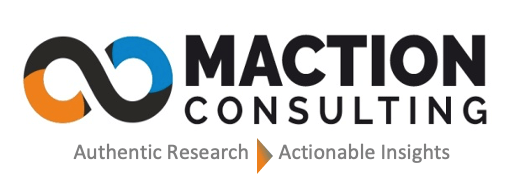The air hums with anticipation as the festive season approaches. Beyond the dazzling lights and family gatherings, this period is a critical driver for economies worldwide, largely fueled by a significant financial injection: festival bonuses. These lump-sum payments, often a customary part of employee compensation, act as powerful catalysts, directly influencing consumer behavior and creating substantial economic ripple effects. But how precisely do these bonuses translate into booming festive retail sales and wider economic benefits? By delving into market research surveys and consumer spending data, we can unravel this fascinating dynamic and even employ predictive modeling to forecast their impact.
Consider the recent decision by the Uttar Pradesh government to disburse a non-productivity linked ad-hoc bonus of Rs 6,908 to its employees. This single move, affecting hundreds of thousands of individuals, instantly injected a massive amount of discretionary income into the state’s economy. The immediate assumption is a surge in purchases, but the true impact is multifaceted, touching various sectors and stimulating growth beyond just immediate transactions.
The Psychology of Spending: More Than Just Money
The effect of a festival bonus extends beyond simple monetary addition. Psychologically, it’s often perceived as “extra” money, making consumers more inclined to indulge in discretionary spending. This isn’t just about necessities; it’s about upgrading, celebrating, and fulfilling aspirations. From big-ticket items like electronics and appliances to fashion, home decor, and travel, the spending landscape transforms.
Market research surveys consistently highlight this trend. Polls conducted during festive periods often show a significant percentage of respondents earmarking their bonuses for specific categories: a new smartphone, a family vacation, home renovations, or lavish gifts. This planned spending provides retailers with crucial insights, allowing them to tailor their inventory and marketing strategies to capitalize on the heightened purchasing power.
Case Study 1: The Diwali Boom – Electronics and Durables Soar
In the run-up to Diwali, India’s biggest festival, consumer spending data consistently shows a dramatic uptick in sales of electronics and consumer durables. When major corporations and government bodies announce their annual bonuses, a ripple effect is immediately visible. Large electronics retailers often report their highest sales figures during the weeks following bonus disbursements.
For instance, consider a scenario where a large IT firm in Bengaluru, employing over 50,000 people, announces an average bonus of Rs 25,000 per employee. This translates to an immediate injection of ₹125 Crores into the local economy. A significant portion of this is directed towards upgrading household appliances, purchasing new gadgets, or buying gifts. One major retailer, observing this trend, strategically offers “bonus bonanza” deals, bundling products or providing cashbacks specifically targeting customers with new-found disposable income. Their sales data typically shows a 30-40% year-on-year growth in high-value item sales during this peak period, directly attributable to the bonus cycle. This not only boosts the retail sector but also has downstream effects on manufacturing, logistics, and advertising.
Case Study 2: Lifestyle and Leisure – Travel and Experiences Take Flight
While physical goods dominate some segments, a growing trend indicates bonuses are also fueling the experience economy. Consumer behavior analysis reveals that a substantial portion of bonus money is now being allocated towards travel, dining, and leisure activities.
Imagine a situation where a mid-sized public sector undertaking (PSU) in Delhi distributes an average bonus of Rs 15,000 to its 10,000 employees, injecting ₹15 Crores into the economy. Travel agencies and hospitality chains often see a sharp increase in bookings for short holidays or weekend getaways immediately after these announcements. Airlines report increased load factors, and hotels experience higher occupancy rates. A prominent travel portal noted a 25% surge in domestic holiday package bookings within two weeks of major bonus payouts in October. This highlights how bonuses contribute to the services sector, supporting jobs in tourism, hospitality, and entertainment, demonstrating a broader economic ripple effect.
Predictive Modeling: Forecasting the Future of Spending
Beyond historical analysis, predictive modeling offers invaluable foresight into the potential impact of bonus payouts. By analyzing past consumer spending data in relation to bonus cycles, economic indicators, and consumer sentiment, economists and businesses can create models to forecast future trends. These models can predict which sectors are likely to see the highest growth, the potential boost to GDP, and even identify regions where the impact will be most pronounced. For instance, knowing the total bonus pool distributed by the UP government allows for a projection of increased demand for local goods and services, helping businesses prepare inventory and staffing.
In conclusion, festival bonuses are far more than just a seasonal perk. They are potent economic instruments that significantly shape consumer behavior, driving substantial festive retail sales and generating positive economic ripple effects across diverse sectors. By meticulously analyzing market research surveys and consumer spending data, and leveraging sophisticated predictive modeling, we can gain a deeper understanding of this phenomenon, helping businesses thrive and economies flourish during the most joyous time of the year.


